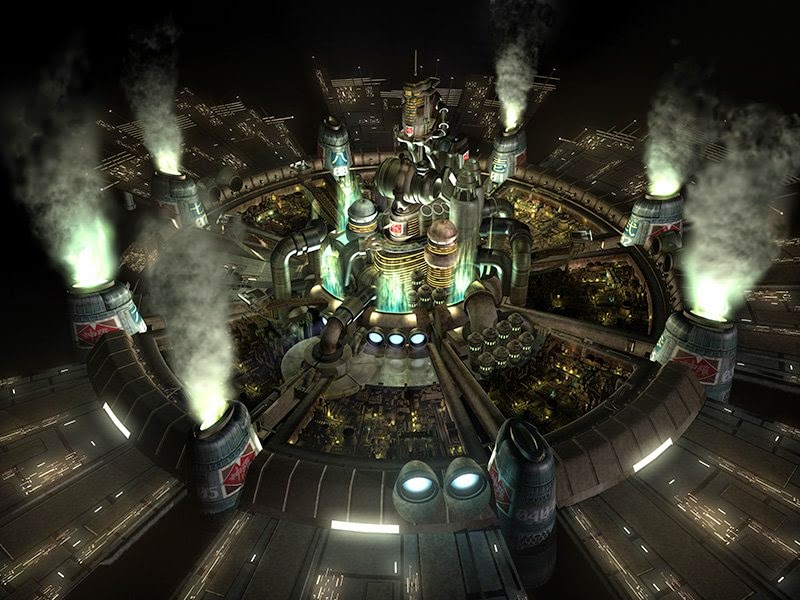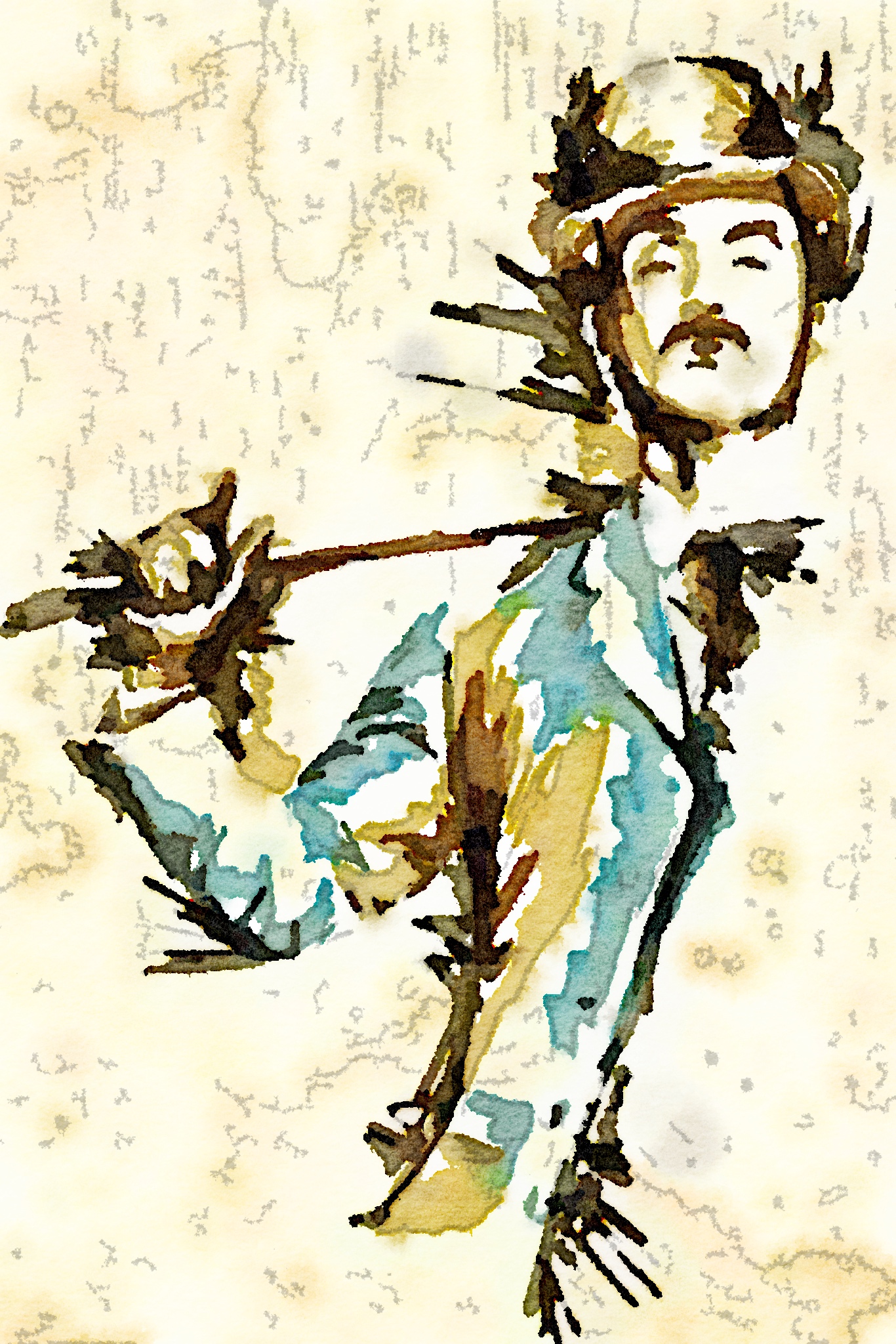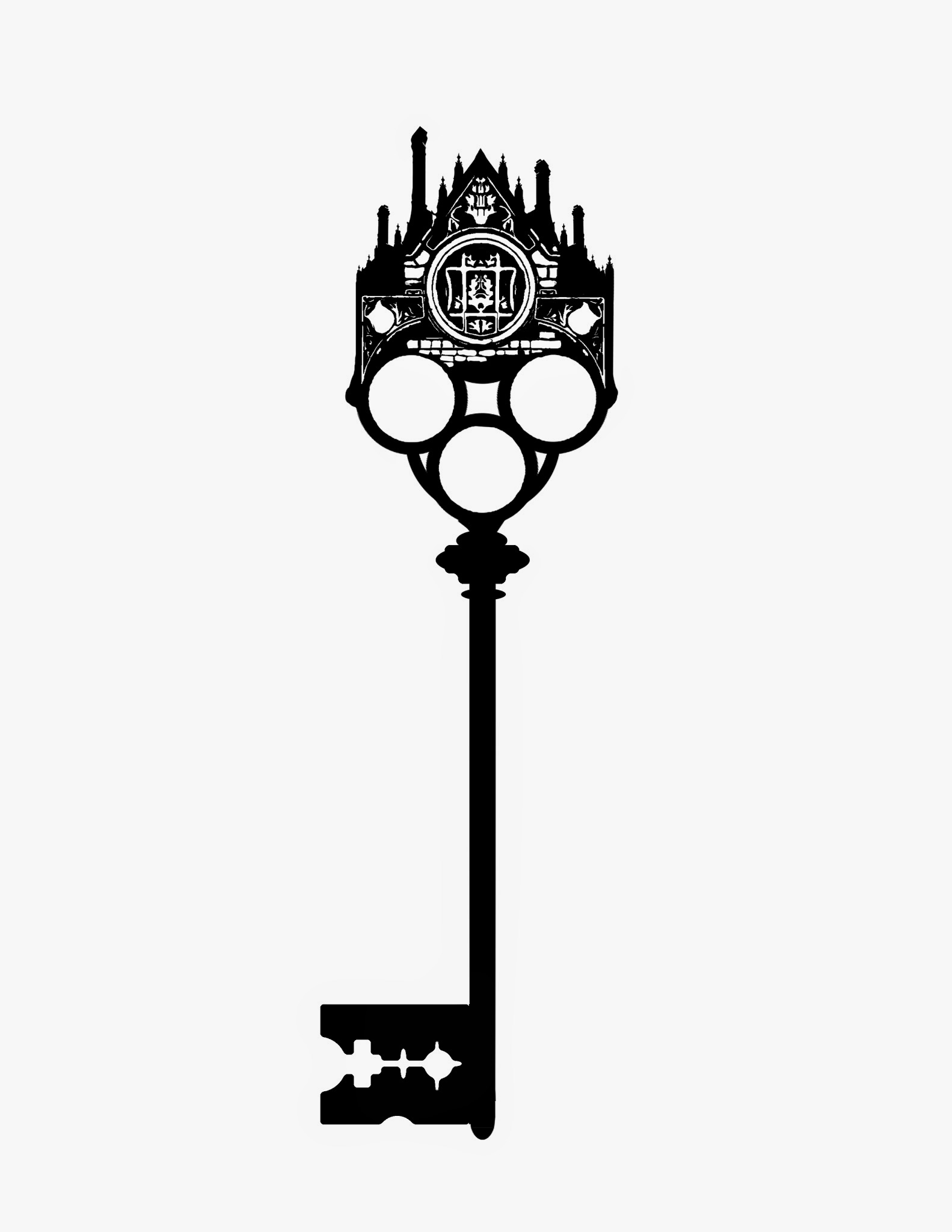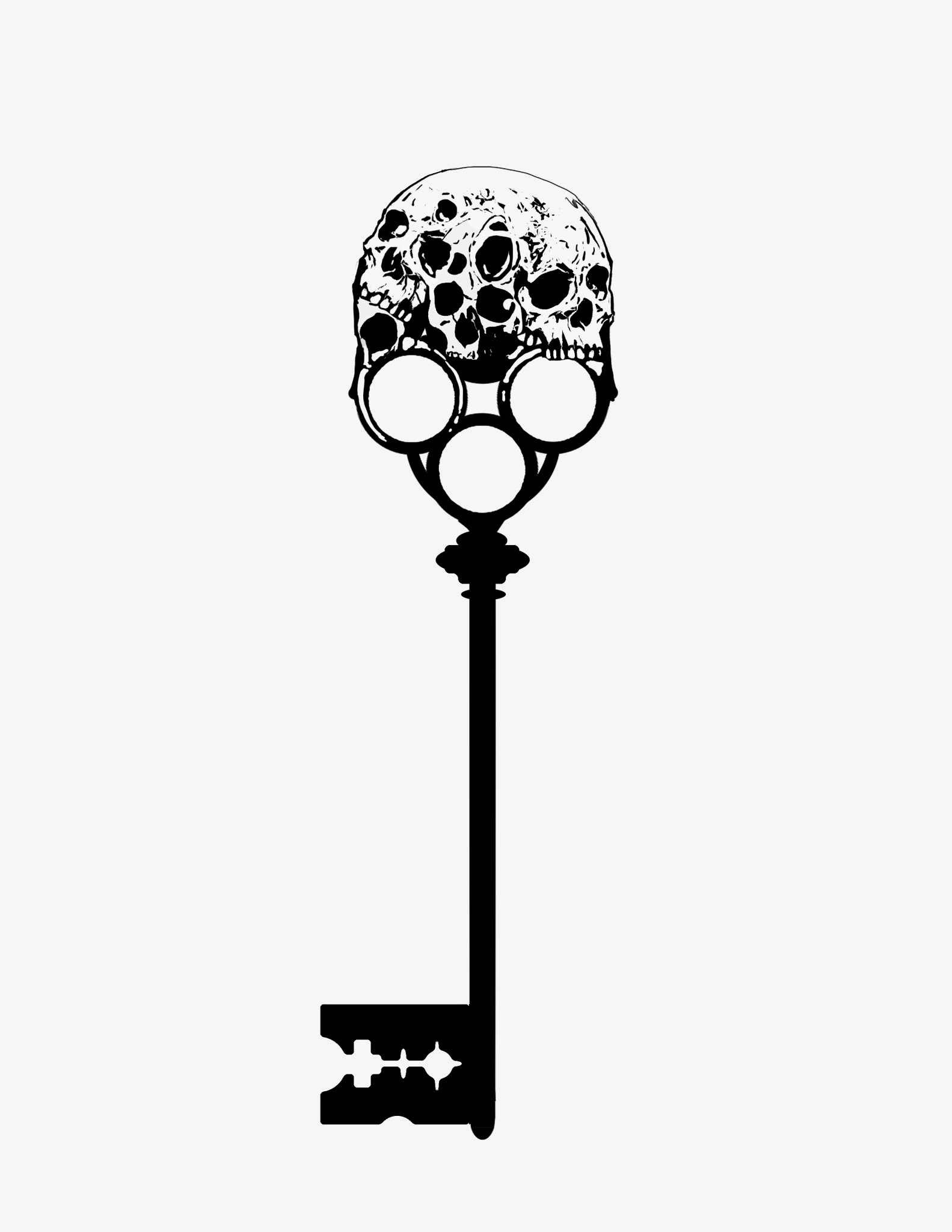I have some thoughts about this game that do not line up with the thoughts of others, and that’s okay; as John Harper said, the game is like a guitar, and different musicians will play differently.
There are many RPGs, and when I start running a new one, I look for what it does well. What is the specialty that inspires you to use this game instead of half a dozen others?
For me, the answer is in the heist structure (specifically skipping planning, and player-facing challenge mechanization) and the down time structure (quick mechanization of ongoing life.)
Characters emerge through play, downplaying the significance of the individual encounter and instead building characters by shading with many light washes. Patterns of behavior emerge, rather than focusing on individual encounters being role-played through.
If you want a game that goes step by step through the days, and spends a lot of time delving into character backstories and looking at how they are connected, there are dozens of games that do that. If you want to role-play through conversations and take on a leisurely pace to address many details, you can do that in this game. That can be done in Blades in the Dark, but using those methods turns aside from what makes the game unique.
I feel the game is more successful when it DOES NOT go into backstory before you start, when it DOES NOT establish everyone’s relationships in detail. You are a crew, drop in and play, and as you improvise flash-backs and act out the heists and make decisions for down time, THERE is where we’ll see who the scoundrel is. Players are even rewarded for revealing the character in play rather than in exposition, with the experience structure.
I feel like in a half hour or less the play group needs to be on a heist. Leave the detailed backstories and languorous explorations with developing questions to other games where that process is a feature–let Blades in the Dark be fast, crisp, and focused on heists.
The players move around the house of the characters’ lives, peeking in different windows to see scenes play out, but not following them around their daily routines. Player experience of the characters is incomplete, jump cuts, telling moments, and flashbacks. Let that mosaic build a portrait, and let it be sketchy for a while.
If we follow the characters around and role play all their encounters, then it’s jarring to try and use the heist structure and downtime structure around that, since it is so much less granular. Also, individuals or pairs of characters can dominate play time while everyone else watches and waits to get back to the shared action.
My two cents!





